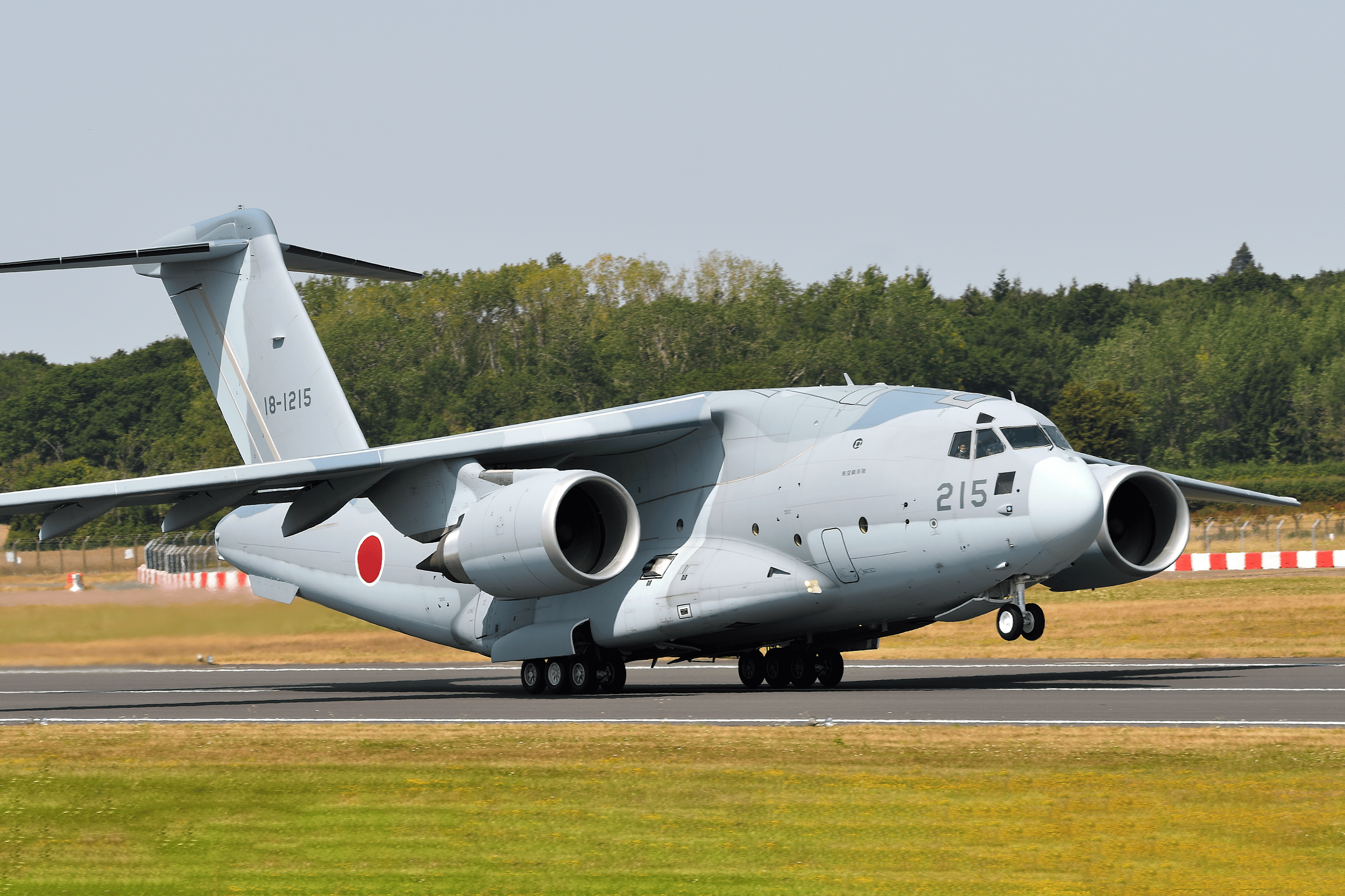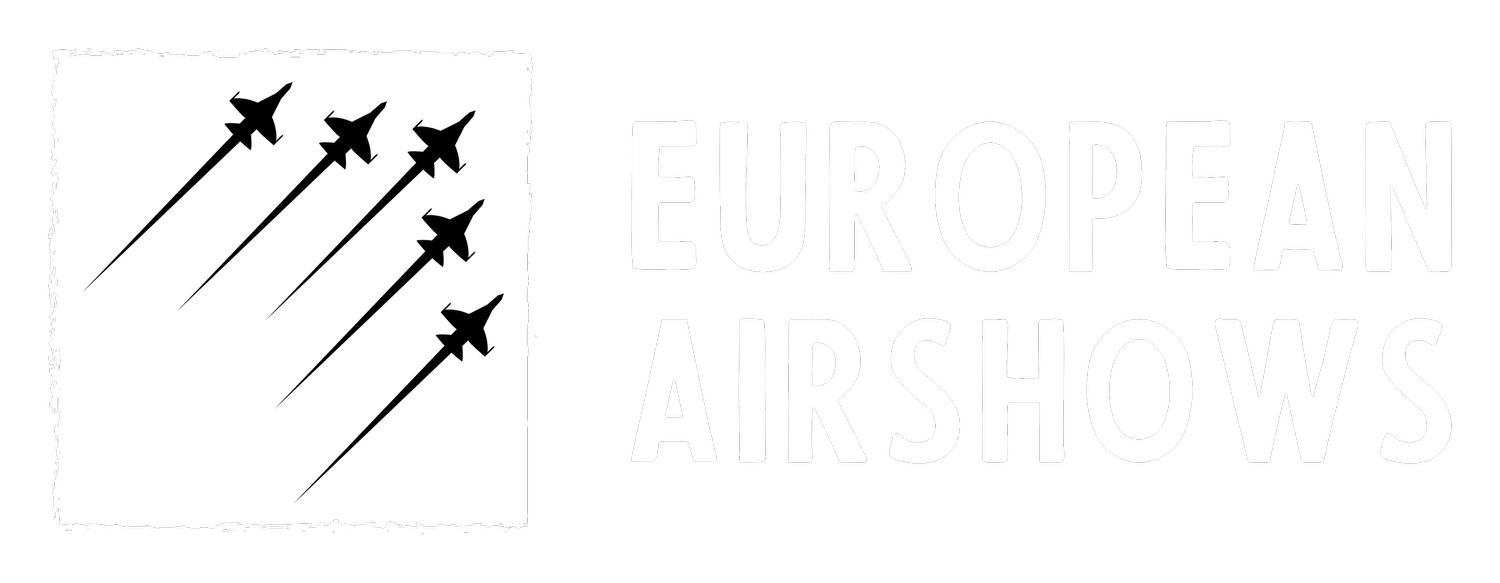
January 26 / Kawasaki C-2 first flight
First Flight 26 January 2010
Kawasaki C-2
The Kawasaki C-2, originally designated as the XC-2 and later the C-X, represents a significant leap in Japan’s military transport capabilities. Developed by Kawasaki Aerospace Company, this mid-size, twin-turbofan military transport aircraft formally entered service with the Japan Air Self-Defense Force (JASDF) in June 2016. The C-2 was designed to replace the aging Kawasaki C-1 turbofan transport, which had been in service since the 1970s, and it was clear that a modern solution was needed to meet contemporary operational demands.
The journey to the C-2’s development began in the mid-1990s when the Japanese Ministry of Defense recognized a gap in available military transport options. After evaluating foreign aircraft, including the C-130J Super Hercules, the C-17 Globemaster III, and the Airbus A400M, the Japanese MOD concluded that none of these aircraft met their specific requirements. This led to the decision to develop an indigenous transport aircraft that could fulfill the JASDF’s needs. In 1995, Kawasaki sought funding from the Japanese Defense Agency (JDA) to kickstart this initiative, and by 2000, the JDA had begun to outline the requirements for a new military airlifter.
The formal request for proposals was issued in May 2001, marking the official launch of the C-X program. The plan was to procure around 40 aircraft to replace the older fleets of Kawasaki C-1s and C-130s. By December of that year, Kawasaki was selected as the prime contractor for the C-X project, signaling a commitment to developing a homegrown solution.
Kawasaki undertook the C-X development in tandem with the P-X maritime patrol aircraft, sharing major airframe parts and system components to keep costs down. This approach not only streamlined the manufacturing process but also allowed for a more efficient use of resources. The C-2 and P-X share a common wing structure, although they differ in installation angles and other design specifics. The two aircraft also share various internal systems, which helped keep the overall development budget manageable. By 2007, the combined development costs for the C-X and P-X were reported to be approximately ¥345 billion, a figure that, while substantial, was relatively low compared to similar military aircraft programs.
The choice of powerplants was a critical decision in the C-2’s development. After considering several engines, the General Electric CF6-80C2L1F was selected, thanks in part to a partnership with Ishikawajima-Harima Heavy Industries (IHI) for local manufacturing. The selection of this engine was a pivotal moment, allowing the project to move forward and enabling the first prototype to be manufactured.
However, the development process was not without its challenges. The rollout of the first prototype was delayed until July 2007 due to issues with American-made rivets, which caused structural testing to reveal problems with the horizontal stabilizer and undercarriage. These setbacks were compounded by allegations of bribery related to the procurement of the engines, creating a cloud of controversy around the project.
As the years progressed, the C-2 faced additional delays. By 2008, estimates indicated that the aircraft would cost about ¥10 billion each, but budget constraints and the need for funding in other defense programs led to further postponements. Notably, in 2014, a failure of the rear cargo door during pressure tests set back the program again, increasing the projected costs significantly.
Despite these hurdles, the C-2’s design was evolving into a highly capable transport aircraft. It was intended to meet stringent requirements from the MOD, including a minimum payload of 26 tonnes and a maximum payload capacity of 37,600 kg. The aircraft was also designed for short runway operations, capable of taking off and landing on runways as short as 500 meters, a crucial feature for operations in diverse environments. The C-2’s range and payload capabilities dwarfed those of the older C-1, allowing it to transport heavier equipment such as MIM-104 Patriot missile batteries and helicopters, while also achieving a cruising speed that met international air route requirements.
The C-2 is powered by two General Electric CF6-80C2K turbofan engines, which provide the thrust needed for its robust performance. The aircraft features a spacious internal cargo deck equipped with an automated loading and unloading system, streamlining operations and reducing personnel workload. Additionally, advanced technologies such as a tactical flight management system, a full glass cockpit, and fly-by-wire controls enhance its operational capabilities, especially in challenging flight environments.
As of March 2017, the Japanese Ministry of Defense announced that the development of the C-2 was complete, marking a significant milestone in Japan’s military aviation history. With ongoing efforts to market the C-2 to international customers, including countries like New Zealand and the United Arab Emirates, the aircraft stands poised to become a key player in the global military transport arena.
Kawasaki C-2 Facts
Designation: The Kawasaki C-2 was initially designated as the XC-2 and later as the C-X before officially being named the C-2.
Service Entry: The C-2 entered service with the Japan Air Self-Defense Force (JASDF) in June 2016.
Replacement Role: The C-2 was developed to replace the older Kawasaki C-1 turbofan transport aircraft, which had been in service since the 1970s.
Development Initiation: The development of the C-2 began in response to the Japanese Ministry of Defense’s (MOD) conclusion that existing foreign transport aircraft did not meet their specific requirements.
Prototype Rollout: The first prototype of the C-2 was rolled out on July 4, 2007, after delays caused by issues with American-made rivets.
Payload Capacity: The C-2 can carry payloads up to four times heavier than the C-1, with a maximum payload capacity of 37,600 kg (approximately 82,800 lbs).
Engine: The aircraft is powered by two General Electric CF6-80C2K turbofan engines, selected for their performance and reliability.
Design Features: The C-2 features a spacious internal cargo deck with an automated loading and unloading system, which enhances operational efficiency.
Range and Speed: The C-2 has a range that allows it to fly international air routes and maintain a cruising speed of Mach 0.8 or higher.
International Sales Efforts: There were ongoing efforts to market the C-2 to international customers, with potential interest from countries like New Zealand and the United Arab Emirates.

